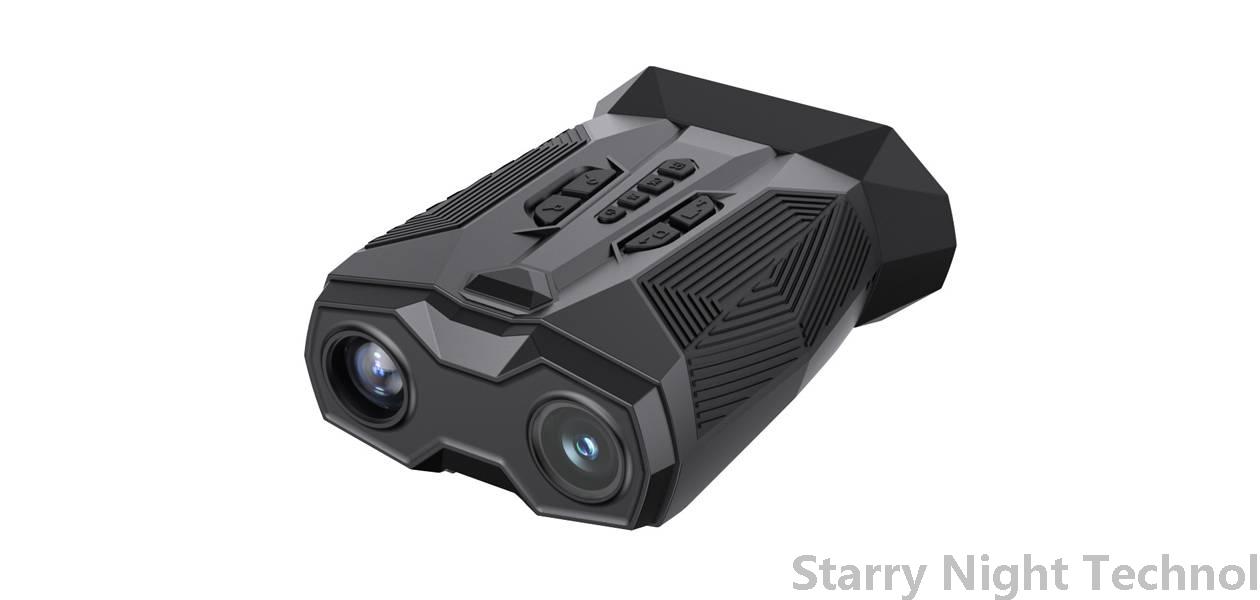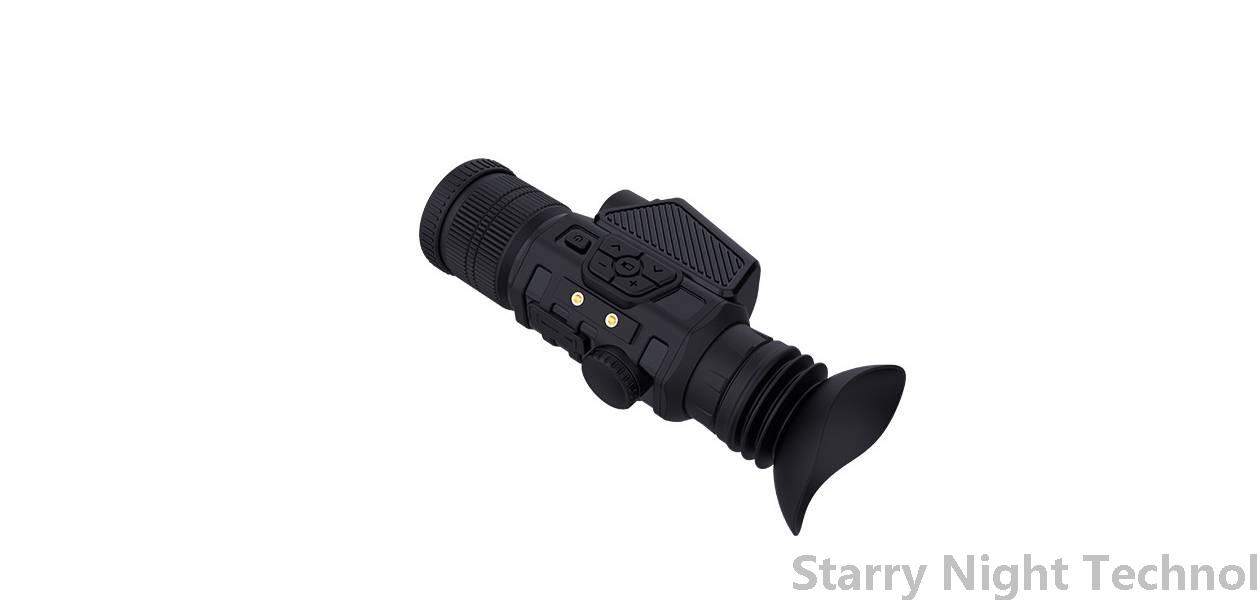The Protector of Residential Alarms: Nighttime Vigilant
1751457616000

In today’s world, where urban environments are expanding and modern conveniences blur the lines between safety and complacency, the role of alarm systems in residential settings has never been more vital. The nighttime vigilant—the unseen protector ensuring our homes remain sanctuaries during the hours of darkness—is crucial to understanding how we safeguard ourselves within these contemporary living spaces.
### A Brief History of Alarm Systems
The concept of protecting one’s property is not new; throughout history, humans have sought methods to deter theft or intrusion. From simple noise-making devices crafted from tin cans to elaborate mechanisms with intricate gears, the evolution of security technology reflects society's growing complexity. Early alarms were primarily mechanical, signaling breaches through noise without discrimination.
With the advent of electricity in the late 19th century, innovations began to arise that addressed both detection and alert systems. By the mid-20th century, alarm installations became common in urban households across North America and Europe. However, it was only in the recent decades—particularly following advancements in digital technology—that residential alarms evolved into smart systems that integrate seamlessly with everyday life.
### The Role of Modern Alarm Systems
Modern residential alarm systems serve a dual purpose—they protect against intrusions while also providing peace of mind. With numerous types of sensors including motion detectors, door/window contacts, glass break detectors, and cameras, homeowners can create comprehensive defense networks tailored to their specific needs.
1. **Detection Capabilities**: Today’s alarms utilize sophisticated technologies, using infrared beams, ultrasonic waves, and even advanced machine learning algorithms to discern the difference between benign motions (like pets) and potential threats (like an intruder). This smart categorization minimizes false alarms, reducing unnecessary stress for residents and building trust in the system.
2. **Remote Monitoring**: One of the most significant enhancements to residential systems comes from connectivity. Via mobile apps, users can monitor their home remotely, receive real-time alerts, and even communicate directly with emergency responders. Increased accessibility allows individuals to feel secure even when they are states or countries away.
3. **Integration with Smart Homes**: Recent trends reflect a shift toward centralized control over various household elements, often referred to as “smart homes.” Alarm systems now interact with other devices like outdoor lights, thermostats, and surveillance cameras. For example, if a window sensor triggers an alarm, smart lights can flash or turn on automatically, deterring potential burglars while making communication clearer for responding authorities.
### Emergency Response Initiatives
 Understanding these scenarios establishes the importance of vigilance—not just individual but collective community awareness. Neighborhood watch programs promote unity among residents, amplifying security measures further than what any standalone alarm system could achieve.
Understanding these scenarios establishes the importance of vigilance—not just individual but collective community awareness. Neighborhood watch programs promote unity among residents, amplifying security measures further than what any standalone alarm system could achieve.### The Psychological Aspect of Safety
Beyond mere hardware and software adjustments, residential alarm systems significantly impact the emotional wellbeing of those who call a house a home. Statistics show that homes equipped with visible security measures tend to deter criminal activity effectively. Individuals experience heightened feelings of security knowing a vigilant guardian stands sentinel watching over them, thus improving overall quality of life.
Furthermore, many families invest time and resources to educate themselves about personal safety strategies and crisis management protocols. Workshops and public talks enhance community ties, fostering a broader culture of protection and awareness around residential crime prevention.
### Cost Considerations and Accessibility
An argument commonly posed by skeptics regarding modern alarm systems concerns affordability. While initial installment costs may seem daunting, options vary widely, allowing every income bracket access to protective measures. Basic DIY solutions can cater to budget-conscious consumers while expert consultations tailor higher-end systems to affluent clients seeking premium security solutions.
Moreover, there are legislative advocacy efforts towards expanded state-funded programs aimed at subsidizing costs for low-income neighborhoods, thereby striving for equal access to effective protections across communities—both economically disadvantaged and prosperous alike.
### Conclusion
As we advance into a future increasingly intertwined with technology, residential alarm systems stand as heralds of safety, armed against dangers lurking under the veil of night. Our roles as custodians of our homes continue evolving alongside these tools produced through innovation.
Ultimately, being proactive about safety—a commitment bolstered by employing diligent watchdogs known as alarms—serves to shield not merely physical places but embodies aspirational ideals towards comfort and well-being in daily lives. Your home need not simply be a shelter; let it become a fortress built on diligence, care, and constant readiness, safeguarded by the unwavering presence of your nighttime vigilantes.
What to buy for night vision device accessoriesStarry Night Technol

